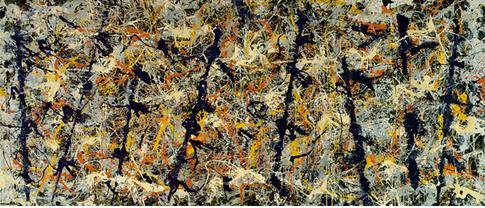
Article by Bill Hopkins
“We might even say that to be fully modern is to be anti-modern: from Marx’s and Dostoevsky’s time to our own, it has been impossible to grasp and embrace the modern world’s potentialities without loathing and fighting against some of its most palpable realities.”
—Some overweight sociology professor
Metal, like any manifestation of culture, doesn’t emerge from a social vacuum. So much should be uncontroversial. This raises a question in need of reply: What set of ideas and social forces explain the existence of metal? One hypothesis is to view metal as a manifestation of European romanticism [1], the period of European culture from roughly 1789 to 1850. This article suggests a different hypothesis: namely, that metal must be placed against the backdrop of post-modernity in order to be properly understood. In order to make this case, it is vital to understand ‘post-modernity’. Many confuse post-modernity (1960s-) with modernism (1890s-1930s), especially when it comes to art. Thus, a secondary goal of this article is to illuminate post-modernity. I will argue that one key imputes giving rise to metal was post-modernity’s re-engagement with past forms [2].
One naïve view of post-modernity, especially in its artistic manifestations, views it as an elitist movement intent on offending traditional and bourgeoise sensibilities by embracing the ‘shock of the new’ and the absurd: think of the sort of art piece your intellectually disabled 3 year-old could do if given a paintbrush and a blank canvass stretched out on the floor. However, this is to mistake post-modernity with modernism[3]. Modernism preceded post-modernity by decades. It began in the late 19th century and had all but dissipated in time for the lead up to WW2. Not only this, modernism was primarily an artistic movement whereas post-modernity refers to sweeping social and economic changes in addition to artistic ones.

‘Blue Poles’ by Jackson Pollock
As we will see, post-modernity is characterised by a re-assessment of modernism’s ‘shock of the new’. In order to explore post-modernity and its connections with metal more fully, however, we need to take a few steps backwards before going forwards. We need first to understand the broader concept of ‘modernity’ (1789-). What is modernity, such that ‘post’-modernity is contrasted with it?
(more…)

